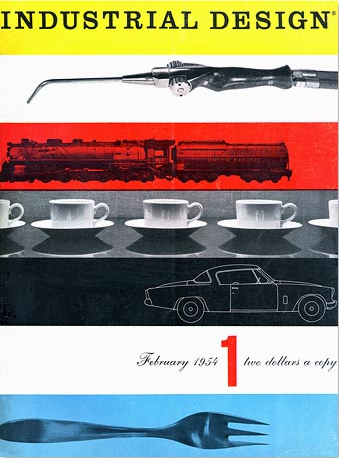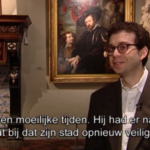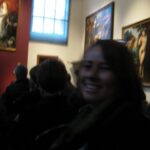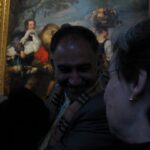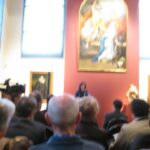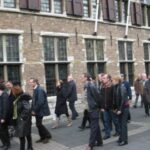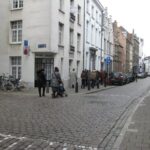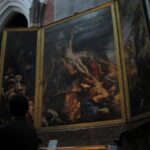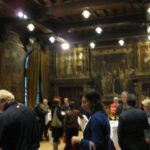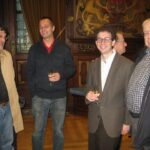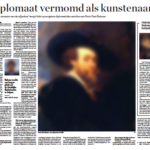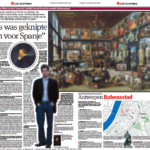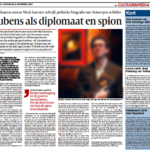
If you’re familiar with Cambridge, or just Harvard Square, you probably know Ben Thompson’s wonderful Design Research building, now celebrating its 40th anniversary. Until recently it was home to a Crate & Barrel, a suitable tenant as it was originally conceived as a retail environment for modern furnishings. Thompson will forever be known for pioneering the “festival marketplace,” but D/R is his best work. Its plate-glass windows and thin concrete frame, coupled with reasonably priced goods, delivered on the optimistic promise of modernism, and spawned countless imitators (Gap, Pottery Barn, C&B, etc.). It’s a light and happy space—a kind of counterpoint to so many of its local contemporaries constructed of the same materials. (I’m looking at you, BGCS.) To celebrate the building’s anniversary, Thompson’s widow has organized an exhibition in the building, visible from the street, showing what D/R looked like at the moment it opened. (Lots of Marimekko!) It’s on until April, and you should definitely check it out if you’re in the area, though the good news is that a book will be coming out of it: “D/R: The Store That Brought Modern Living to American Homes,” written by Thompson and the redoubtable Alexandra Lange.
Which brings me to the subject of this post. In all the deserving publicity attendant with this installation, it has frequently been stated that D/R was the first modern furnishings store in Boston. But that’s not exactly true. In 1950, Ralph Rapson, one of the forgotten greats of midcentury design and then a teacher at MIT, opened a store, Rapson-Inc, on Darmouth Street, just off Copley Square. (It was a husband-and-wife operation run by Rapson and his wife Mary.) The image above, drawn by Rapson—he was a virtuoso draftsman—illustrated the store’s wares, which included work from the Eamses and Herman Miller. An Eames storage unit (at left), the most expensive item in the drawing, listed at $48. The rocker went for $38.50. (It now runs $479 on DWR.)
Rapson-Inc closed in 1951 (when the Rapsons left town), but it gave the Boston area a taste of what a modern design store might look like. Rapson, otherwise, has been sadly neglected in history. He was a cherubic man, and a beloved teacher—I had the pleasure to speak with him a few times. His most prominent American commission, the wonderful Guthrie Theatre in Minneapolis, was destroyed to make way for a new building by Jean Nouvel. His most significant built home, the Pillsbury House, also in Minnesota, was likewise destroyed. He’s probably best remembered for his participation in the Case Studies program, and for his designs for US embassies overseas. The fine monograph on his work is highly recommended.






